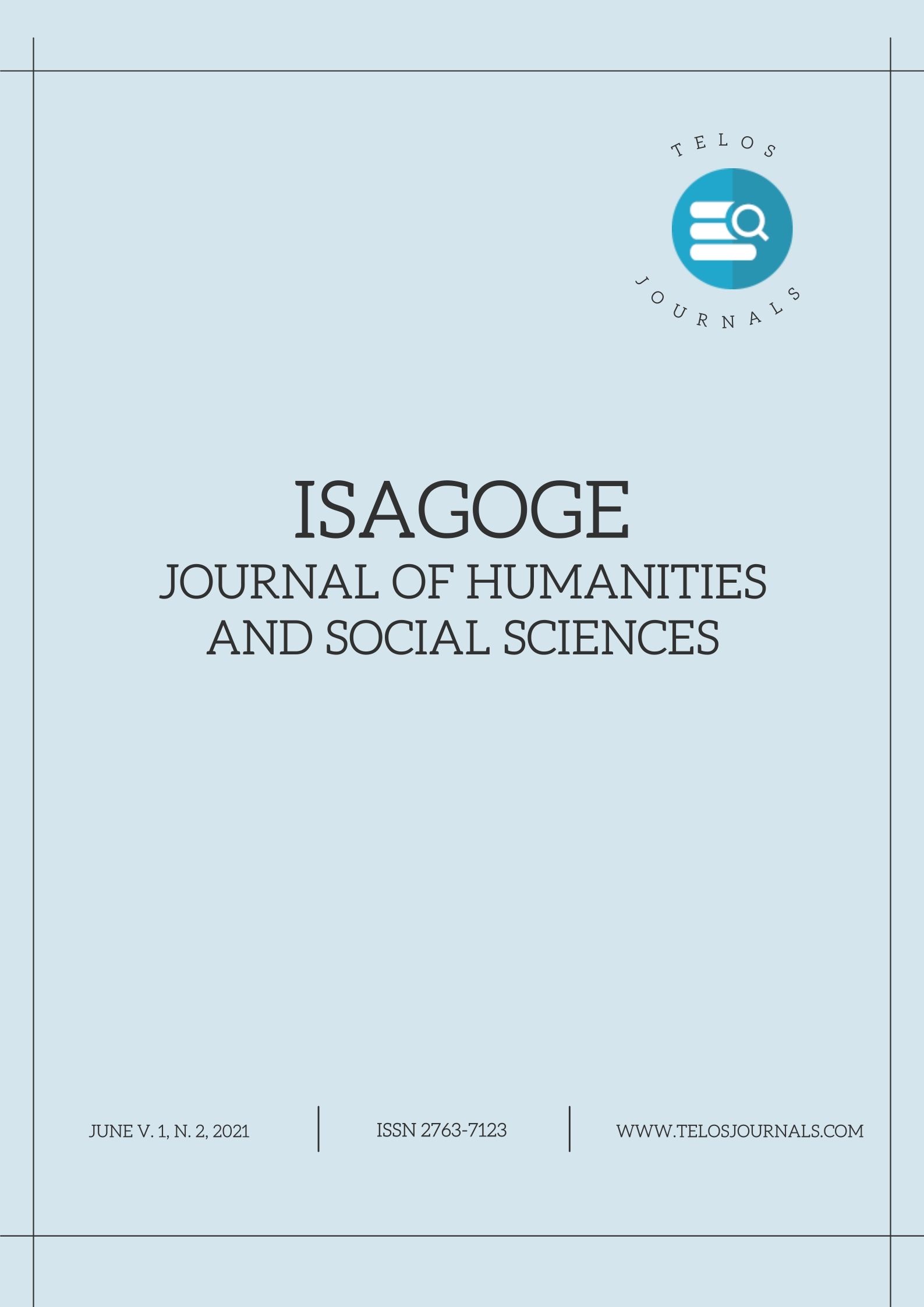Abstract
This assessed influence of school location implementation of secondary schools Physical Education curriculum in Nigeria. To achieve this purpose, purposive sampling technique was used to select the samples from the Six Geo- political zones of the country. The population for the study was all secondary schools of Fifty Four thousand Five hundred and twenty- one (54,521) with sample size of Six hundred and Fifty six (656). The data collected were statistically analysed using descriptive statistics of mean (x) and standard deviation (sd) to test and analysed bio- data variables and to answer research questions: while inferential statistics of One Sample t- testwas used to test all the hypothesis. The major findings from the study revealed that school location influence implementation of secondary schools Physical Education curriculum in Nigeria. The study recommended that school should be located or cited in an area where space is available as subject like Physical Education requires large space of land where students could put theory into practice.
References
Aina,S.A. 2006. Students Cognitive and Affective factors as Determinants ofAchievements in Senior Secondary Physics in Oyo and Ogun states. Thesis.University of Ibadan, Ibadan.
Akintunde,S. A. 2004. Effects of Structure and Unstructured Group Interaction patterns on Learning Outcomes of Primary School Pupils in Some EnvironmentalEducation Concepts in Ibadan. Thesis Teacher Education. University of Ibadan.
Kannapol, P. J. andDeyoung, A. T. 1999. The Rural School Problem in 1999. A ReviewandCritique of The Interline. Journal of Research in Rural Education.15,57-79.
Mbakwe, F.E. (1986). Location and Resource Factors in the Development of the Nigerian Army Schools 1980-1984. Unpublished Ph.D. Thesis, University of Ibadan.
Ogunleye, B. O. 2002. Evaluation of the Environmental Aspect of the Senior SecondarySchoolChemistry Curriculum in Ibadan Nigeria. Thesis. TeacherEducation,Education. University of Ibadan.
Osokoya, M. M. and Akuche, U. E. (2012). Effects of school location on students’ learning outcomes in practical physics. IFE Psychologia, 20 (1).
Osokoya,M.MandOkpala, P. N. 1995. Science and Technology Education for all. InUNESCO,BREDA(Ed) report on the State of Education in Africa, Education Strategies, for the1990. Orientations and Achievements. UNESCO/BREDA Publications 95-99.
Owoeye,J. S and Yara, P. O (2011). School location and academic achievements of secondary schools in Ekiti State in Mbakwe, 1986.
RAJI, I. A. (2016). School factors and implementation of junior secondary school mathematics curriculum in the riverside communities of Ondo State, Nigeria. Ismail Adesina Raji.
Yusuf, M. A. and Adigun J. T. (2010). The Influence of School Sex, Location and Type on Students Academic Perfomance. Int J Edu Sci,, 2(2), 81-85.

This work is licensed under a Creative Commons Attribution-NonCommercial-NoDerivatives 4.0 International License.
Copyright (c) 2021 Isagoge - Journal of Humanities and Social Sciences
